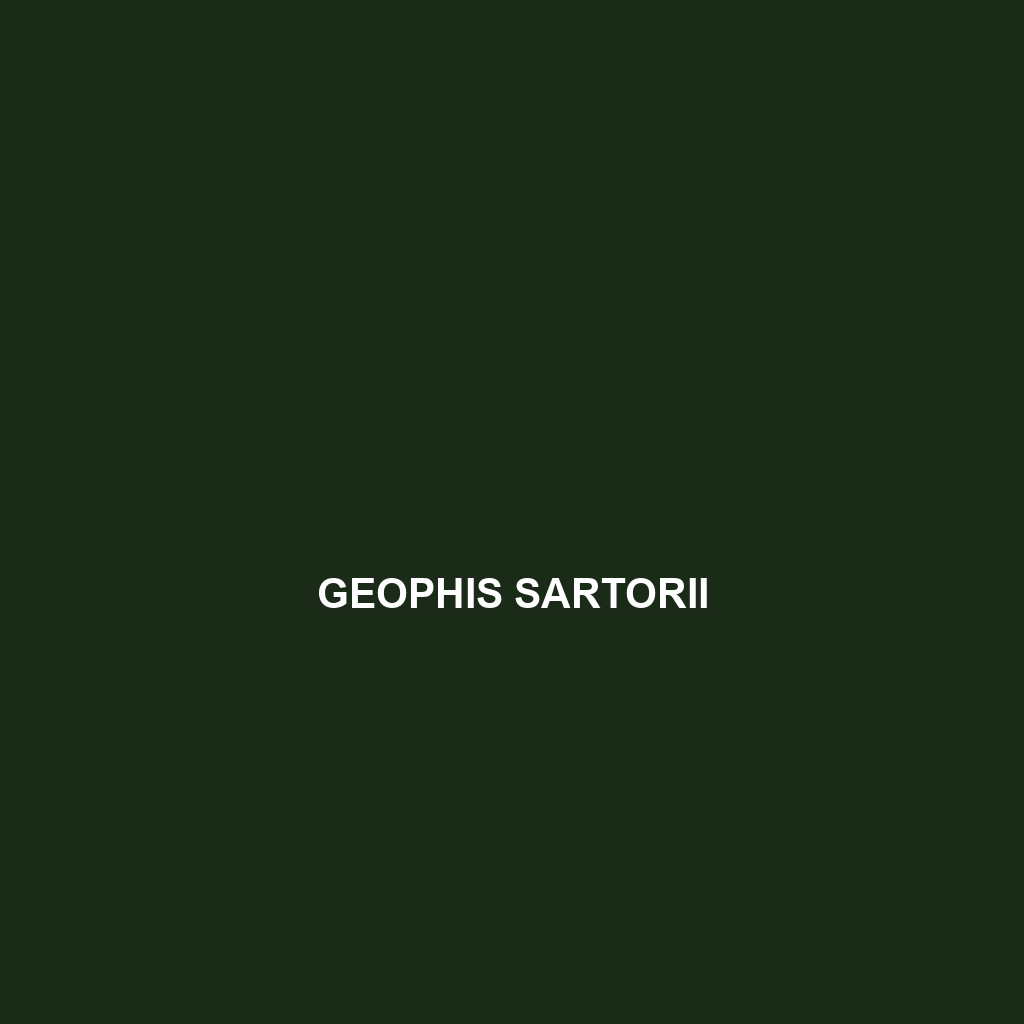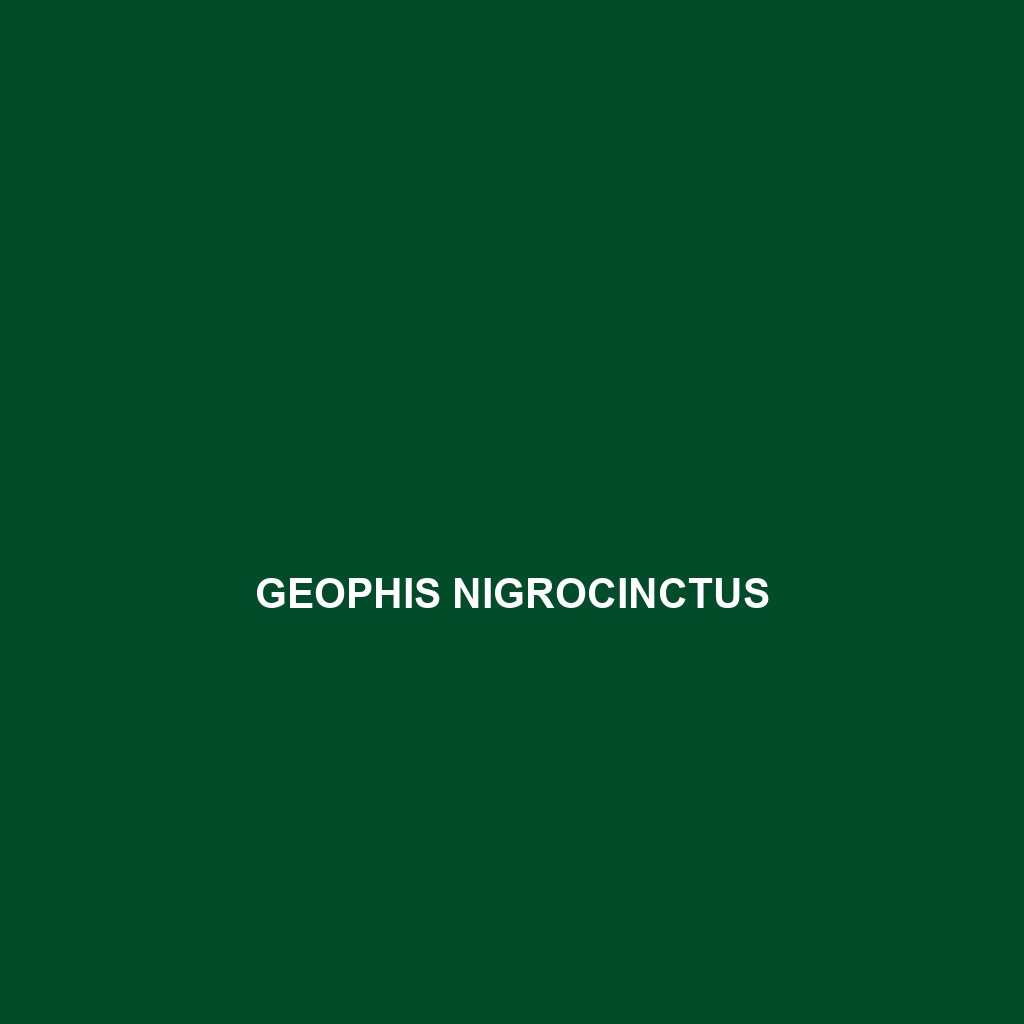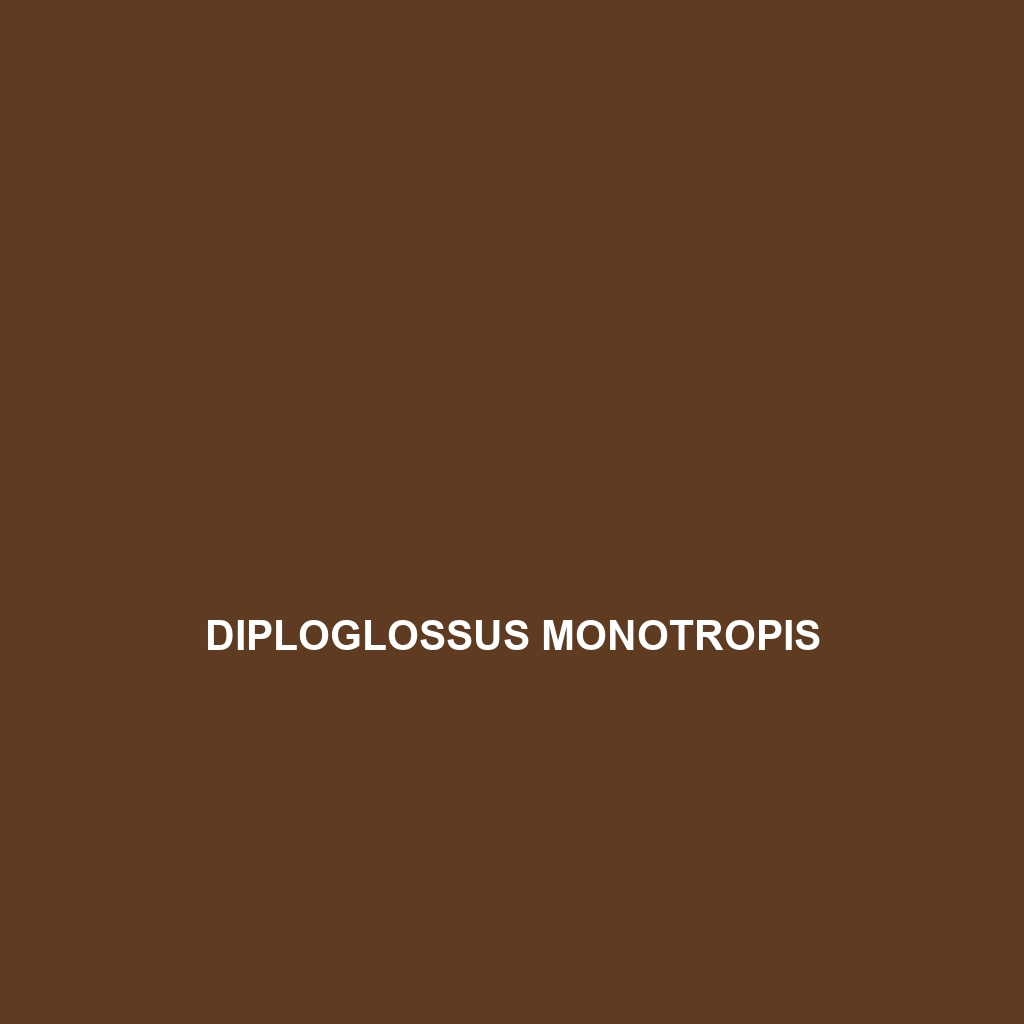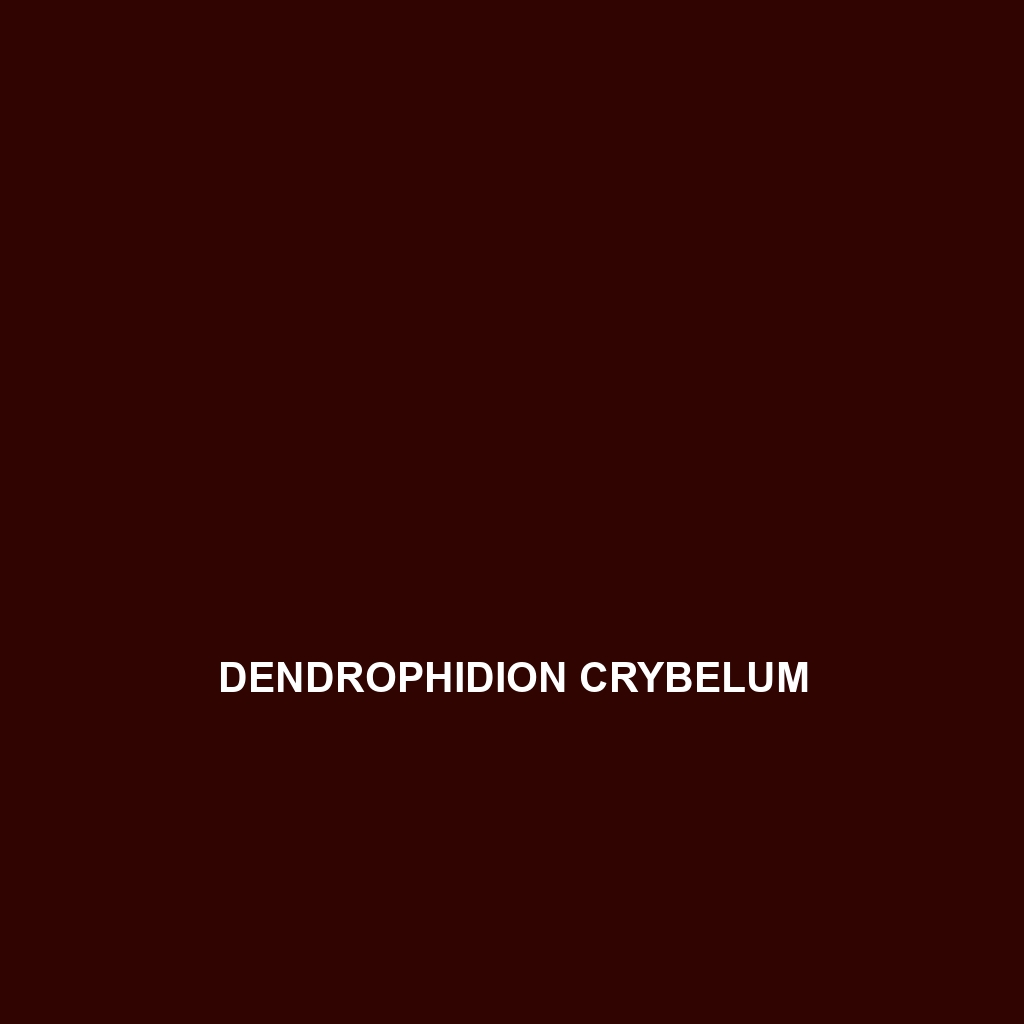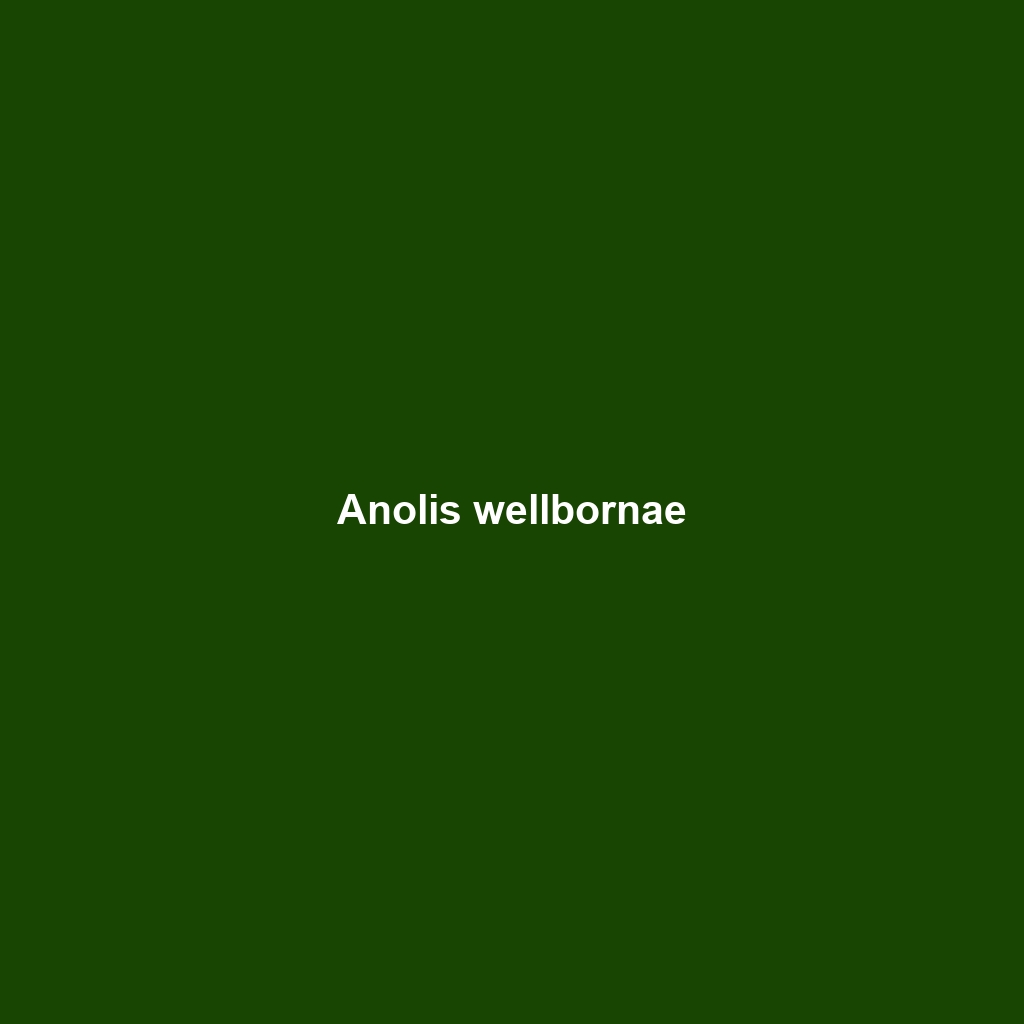Experience the fascinating world of the <b>Oxyrhopus occipitalis</b>, or occipitalis snake, distinguished by its striking coloration, unique "eye" markings, and its role as a predator in the tropical rainforests of Central and South America. This nocturnal species thrives in diverse habitats, showcasing adaptability through its varied diet and intriguing defensive behaviors.
Tag: Costa Rica reptiles
Geophis sartorii
Discover the Geophis sartorii, or sartorii earth snake, a slender, nocturnal predator found in Central America's tropical rainforests and humid savannas, known for its smooth dark scales and exceptional burrowing abilities. With a diet primarily consisting of small invertebrates, this species plays a vital role in maintaining ecosystem balance while showcasing remarkable camouflage and adaptability to its environment.
Geophis nigroalbus
Discover the Geophis nigroalbus, or black-and-white earth snake, a striking species known for its distinctive black and white coloration and nocturnal behavior. Found in the lush rainforests and dry savannas of Central America, this snake plays a crucial role in regulating insect populations and thrives in humid environments rich in leaf litter.
Diploglossus millepunctatus
Elevate your pet collection with the Diploglossus millepunctatus, or millepunctatus skink, a stunning 20-25 cm terrestrial reptile native to Central America's lush rainforests. Renowned for its smooth, dark brown to olive green scales adorned with lighter markings, this carnivorous species thrives under leaf litter, preying on small invertebrates while playing a crucial role in its ecosystem.
Dendrophidion crybelum
The Dendrophidion crybelum, or crystal tree snake, is a vibrant green arboreal snake native to the tropical rainforests of Costa Rica and Panama, characterized by its striking yellow and black markings, agile climbing abilities, and diet consisting mainly of small mammals and lizards. This species plays a vital role in its ecosystem by regulating prey populations and serves as a food source for larger predators, while currently being classified as of Least Concern by the IUCN.
Coniophanes piceivittis
Discover the Black-striped Snake (Coniophanes piceivittis), a non-venomous inhabitant of Central America's tropical forests, known for its striking dark brown or black body adorned with vibrant yellow or white stripes. This nocturnal predator, measuring between 60 to 90 cm, plays a vital role in its ecosystem by controlling the population of small vertebrates.
Bothriechis nigroviridis
Bothriechis nigroviridis, also known as the black-green snake, is a strikingly colorful arboreal species native to the tropical rainforests of Central America. Measuring 60 to 100 cm, it features vibrant dark green and black bands, is primarily nocturnal, and plays a vital role in regulating local ecosystems through its predatory behavior.
Atractus micheleae
<p><b>Atractus micheleae</b>, also known as Michelle's snail-eater, is a slender, nocturnal snake found in the humid tropical forests of Central America, particularly Costa Rica and Panama. It reaches lengths of 60 to 80 cm, preys primarily on small invertebrates, and plays a crucial role in its ecosystem by maintaining ecological balance.</p>
Anolis wellbornae
Discover the vibrant Anolis wellbornae, a medium-sized lizard native to the tropical forests of Central America, known for its stunning green and brown coloration, impressive climbing abilities, and unique territorial displays featuring a distinctive dewlap. This diurnal species thrives in humid environments, primarily feeding on small insects and playing a vital role in its ecosystem.
Anolis ventrimaculatus
Discover the vibrant Anolis ventrimaculatus, or ventral-spotted anole, a stunning lizard native to the tropical forests of Central America. With its striking yellow to orange ventral spots and agile climbing abilities, this insectivorous species plays a crucial role in its ecosystem by controlling insect populations while serving as prey for various predators.

